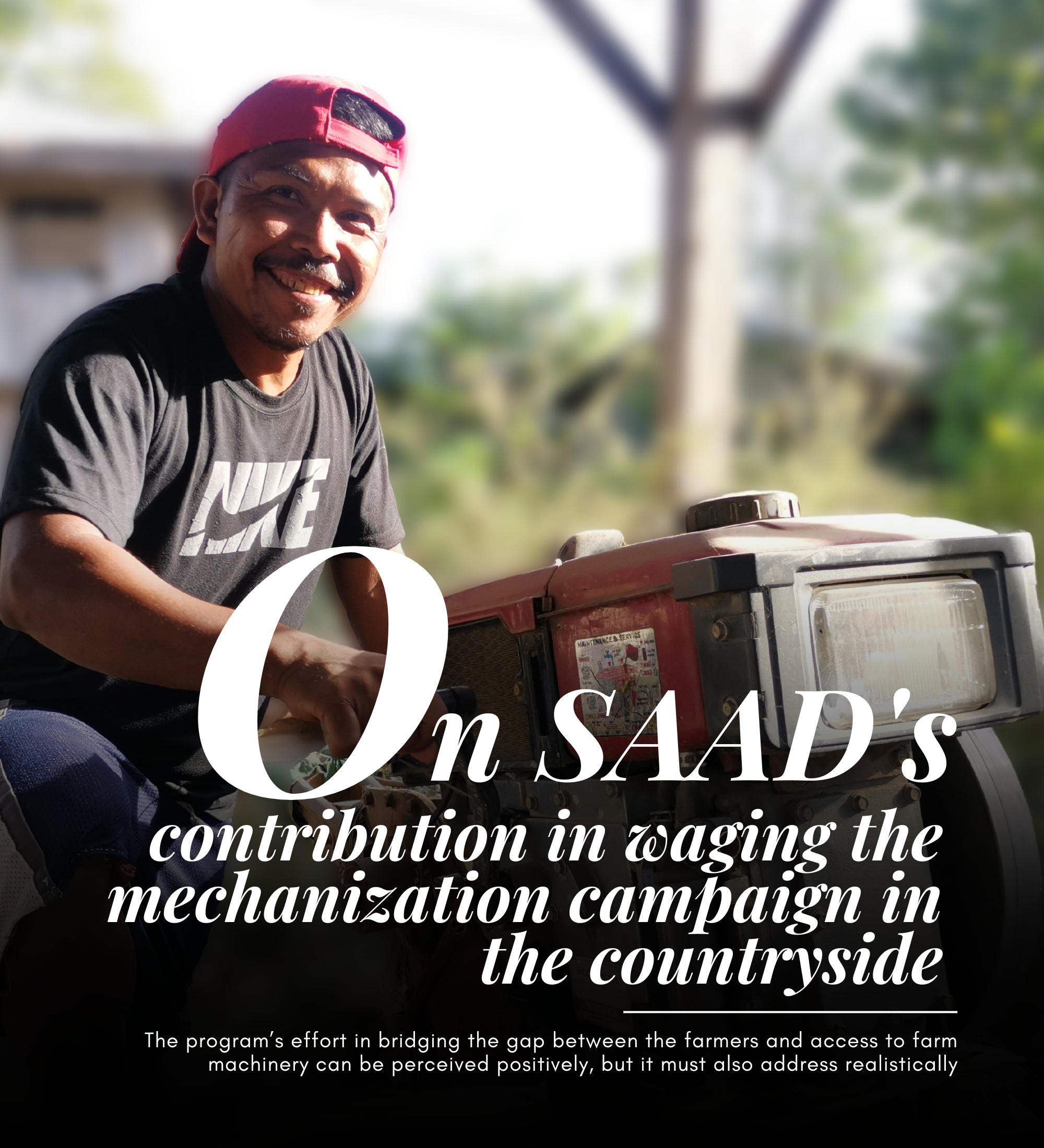Nation’s agricultural mechanization situation
It is no hard science that enhancing production equipment from draft animals to oil-powered tractors improves production and lessens cost, subsequent to efficient production. However, presently, the mechanization level in the Philippines lags about 1.23 horsepower/hectare (hp/ha) for all crops, 2.31 hp/ha for rice in all provinces, and 3 hp/ha in major rice-producing provinces like Isabela and Nueva Ecija. Neighboring countries in Asia outpace the Philippines in farm mechanization at about 7hp/ha for Japan, South Korea 4.11 hp/ha, China 4.10 hp/ha, and Vietnam 1.56 hp/ha[1].
The low mechanization level can be attributed to various reasons, but primarily, low buying power of farmers, abundance of rural labor, very small landholdings per farmer, high-cost machines, and the geographical condition of our given country its archipelagic characteristic, resulting to challenges in consolidation and clustering, unlike other neighboring countries that have compact land area[2].
Low mechanization level shows that there is low technology adoption and limited information and educational services reach primary goods producers, resulting in the persistence of manual labor in agriculture and sometimes breeds unsustainable farming practices.
There has been a shedload of measures from the national government to boost the mechanization level in the country, from policies and creating institutions, and programs to systematically address jams in mechanization, one of which is the passage of the Republic Act no. 8435 or the Agriculture and Fisheries Modernization Act (AFMA) of 1997[3].
AFMA was created to craft urgent related measures to modernize the agriculture and fisheries sectors of the country to enhance profitability, and prepare said sectors for the challenges of globalization. Later the Agricultural and Fisheries Mechanization (AFMech) Law 2013 was passed to strengthen government efforts and programs for agricultural and fisheries mechanization development. The creation of the Bureau of Agricultural and Fisheries Engineering (BAFE) was by virtue of the AFMech Law of 2013.
Farm machinery, and technology in the country are highly reliant on importation; even Philippine Center for Postharvest Development and Mechanization (PhilMech), Executive Director Dr. Dionisio G. Alvindia acknowledges this gap, noting we should not be highly reliant on importation.
Agricultural development programs like the Department of Agriculture – Special Area for Agricultural Development (DA-SAAD)’s case, while it serves as one vehicle to contribute to forwarding farm mechanization, limitations like budget are also one reality, as well as challenges in the adoption and overall implementation. However, SAAD remains committed to its mandate and is therefore inclined to face all challenges.
SAAD’s contribution
SAAD Program’s strides to contribute in mechanizing the countryside propelled agripreneurs from the top 30 provinces that recorded a high poverty incidence rate (PSA 2012 and 2015 data). A special program that targets beneficiaries from areas that recorded the highest rate of poverty, Geographically Isolated and Disadvantaged Areas (GIDA), and areas under the E.O. 70, SAAD’s primary goal is to contribute to poverty reduction in their communities.
Mechanization of production stimulates this goal of SAAD in the countryside, creating favorable conditions to breed agripreneurs and prolific community-based enterprises, and in the overarching goal of the nation’s food security. This is the direction SAAD endeavors, sustainable livelihood, and capacitated farmers and fishers.
As it culminates its Phase 1, the program has some prolific achievement implementation in a multitude of aspects. One that can be cited is project implementation in the areas that banner programs are not able to reach, in the upland communities in Cordillera and MIMAROPA, where most beneficiaries are from indigenous groups and production sites are situated in the most far-flung areas.
The program’s effort in bridging the gap between the farmers and access to farm machinery can be perceived positively, but it must also address realistically the limitations to render bolder mechanization services to the countryside, one of which is budget supply.
In its FY 2023 budget, SAAD endured a whopping 38.28% cut (Php 450 Million), prompting realignment of budget from the national up to its 15 regional counterparts, four (4) of which are new regions covered (Ilocos Region, Cagayan Valley, Central Luzon, and CALABARZON).
Further, in the ratified implementing guidelines of SAAD Phase 2 for FY 2023-2028 as expressed in the Department Order no. 6, s. 2023, Large Production and post-harvest machinery, equipment & facilities (Php 2 Million and above per unit worth of PAEF) were classified as a negative list, considering SAAD beneficiaries are mostly newly formed FAs and starting to collectivize their farming. Therefore FAs, as consolidated, have not yet achieved large production requirement for large post-harvest machinery amounting more than Php 2 Million.
Impact on the region
One of the SAAD-covered regions with the most machinery awarded was SAAD MIMAROPA. Out of their total 254 awarded livelihood projects, 77 or 30% of which are incorporated with sets of machinery, like tractors, threshers, and millers with necessary accessories. The mentioned types of machinery were also provided complemented with mechanics introduction and training on how to operate and handle it appropriately.
The mechanized production has benefited 70 FAs with a total of 2,574 members mostly composed of Tagalog and Indigenous Group Mangyan.
To cite the experience of the Calawag Service Provider Farmers’ Association (SPFA) based in the municipality of Magsaysay, Occidental Mindoro, the FA members were displaced farm workers, and their labor was replaced by oil-powered tractors.
In 2019 the group was formed with the help of the Municipal Agriculture Office (MAO) of Magsaysay. SPFA received three (3) units of hand tractors with complete accessories, amounting to Php 450,000.00 and a machinery shed worth Php 500,000.00, all under the Provision of Machinery to Service Provider project FY 2019.
This jumpstarted a new income-generating opportunity for the FA as they were able to provide tractor service to their community and even to neighboring barangays. The tractors also help the FA members to lessen production costs since most of them till their own lands and do not have the financial capacity to acquire such machinery.
Similar to SPFA, Arya Makina Farmers’ Association (AFMA), whose members are from the Indigenous Group of Mangyan, was also awarded the same number of tractors. They received three (3) units and five (5) water pumps. It is quite impossible for both FAs to acquire such tractors and water pumps considering the cost. They are grateful to be part of the Program’s beneficiaries, and they were able to progress into partially-established community-based enterprises that mainly provide tractor services.
SAAD acknowledges these kinds of gaps our farmers face daily. The program with its implementers addresses this inaccessibility to our targeted farmer-beneficiaries and provides them the suitable interventions.
SAAD linkage with BAFE
The seamless distribution of equipment and machinery is all made possible through the strong coordination of the program with the BAFE and its regional counterpart, the Regional Agricultural Engineering Division (RAED).
BAFE is also part of the Program Steering Committee (PSC) of SAAD as per its operationalization in 2019 based on Memorandum Circular Order No. 03 s. 2019. In the program’s Phase 2 implementation, BAFE remains part of the National Program Advisory Committee.
At the regional level, the regulation, procurement, demonstration, and validation of whether the machinery complies with the necessary specification were well coordinated with the RAED. In terms of policy framework, harmonization, and overall program compliance the SAAD NPMO tightly coordinates with the BAFE.
The challenges in propelling farm mechanization
The agricultural and fishery mechanization landscape of the country has tons of cogs and screws needed to materialize its maximization and comprehensiveness across the country; passing policies catering to its materialization is one, industrialization on the other hand, can energize mechanization’s actualization by having means to locally sourced, made and assembled equipment.
Writer: Allanes Bagoso, DA-SAAD NPMO Information Officer
Sources:
Anne Gasmena, DA-SAAD MIMAROPA Associate Project Officer
Maiden Marie Segui, DA-SAAD MIMAROPA Associate Project Officer
Jonalyn Racelis, DA-SAAD NPMO Associate Project Officer
Gio Caballero, DA-SAAD NPMO Associate Project Officer
[1][2] “Republic Act No. 8435: Govph,” Official Gazette of the Republic of the Philippines, December 22, 1997, https://www.officialgazette.gov.ph/1997/12/22/republic-act-no-8435-s-1997/.
[3] “Why Today’s Farmers Need to Mechanize,” Philippine Center for Postharvest Development and Mechanization, accessed May 4, 2023, https://www.philmech.gov.ph/?page=story_full_view&action=story_fullview&recordID=202282484053AMa6f3cd&recordCategory=RCEF.


Comments (0)